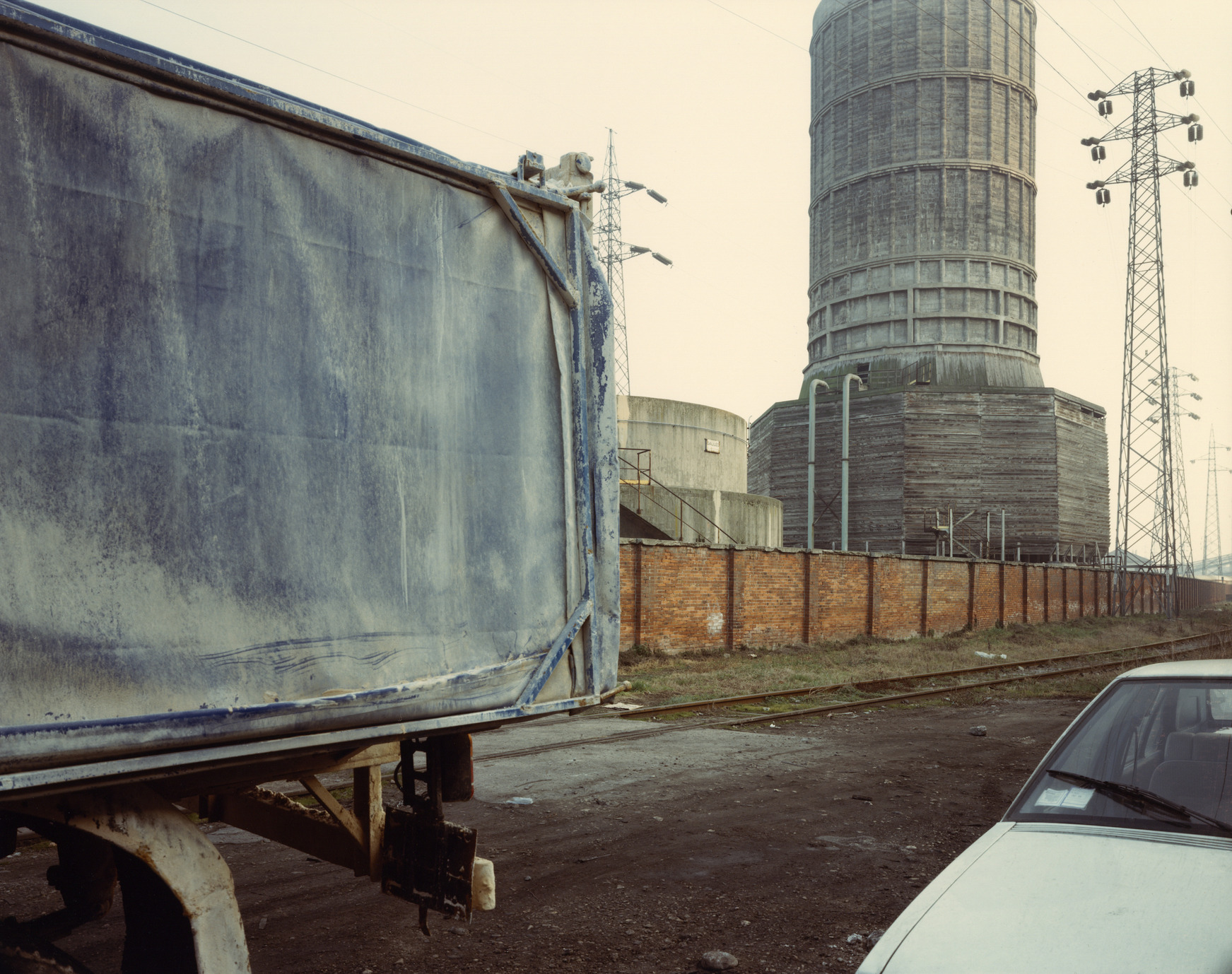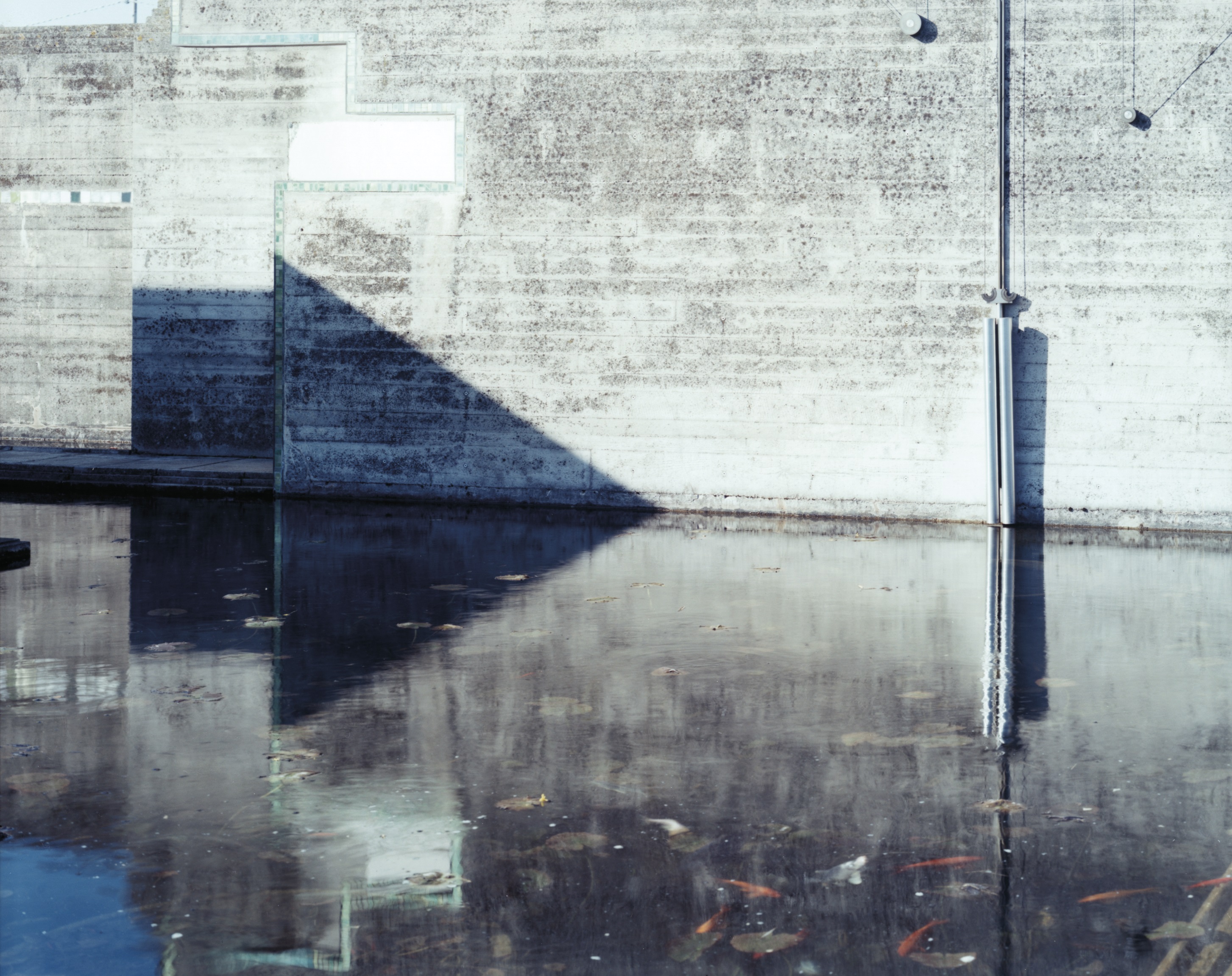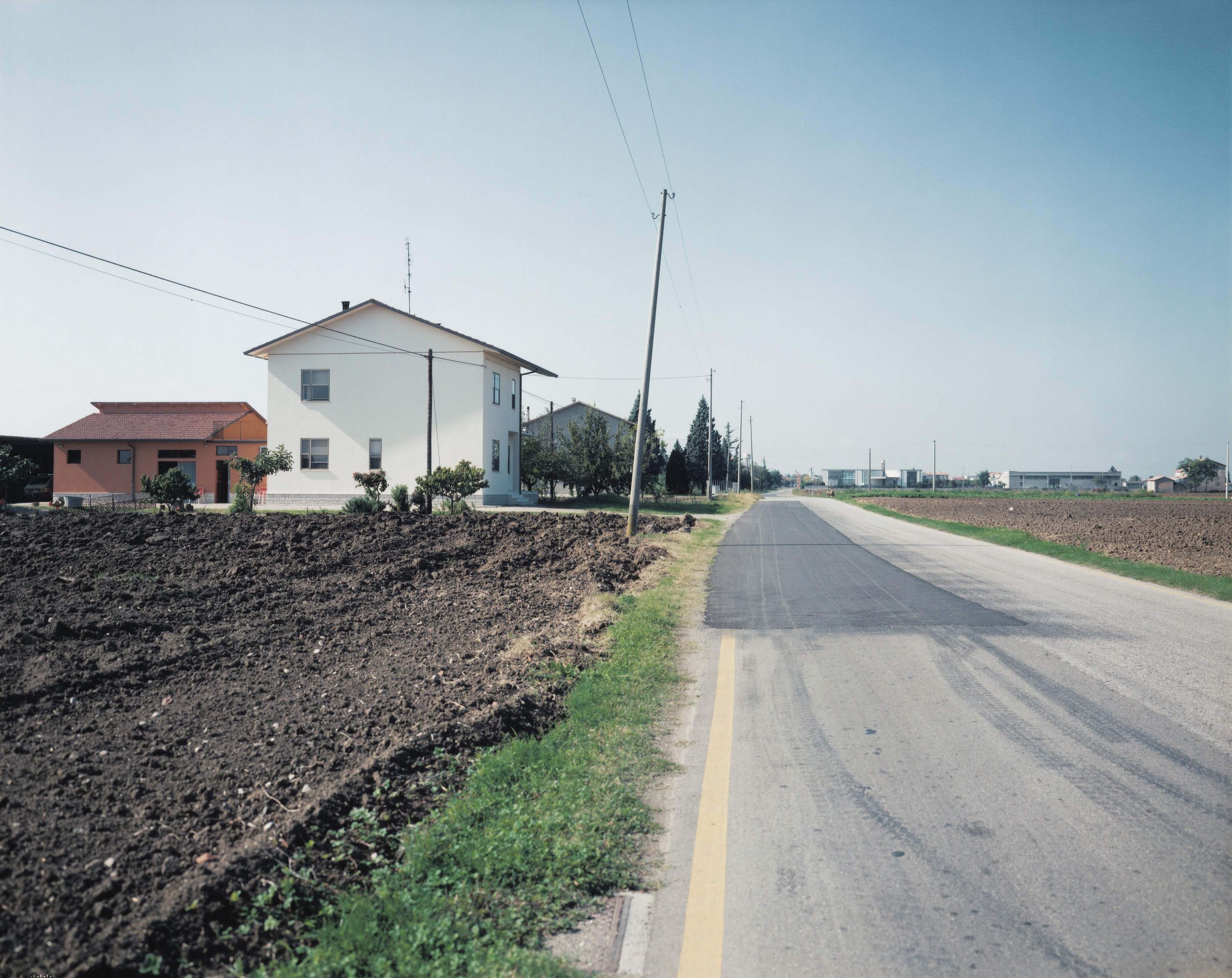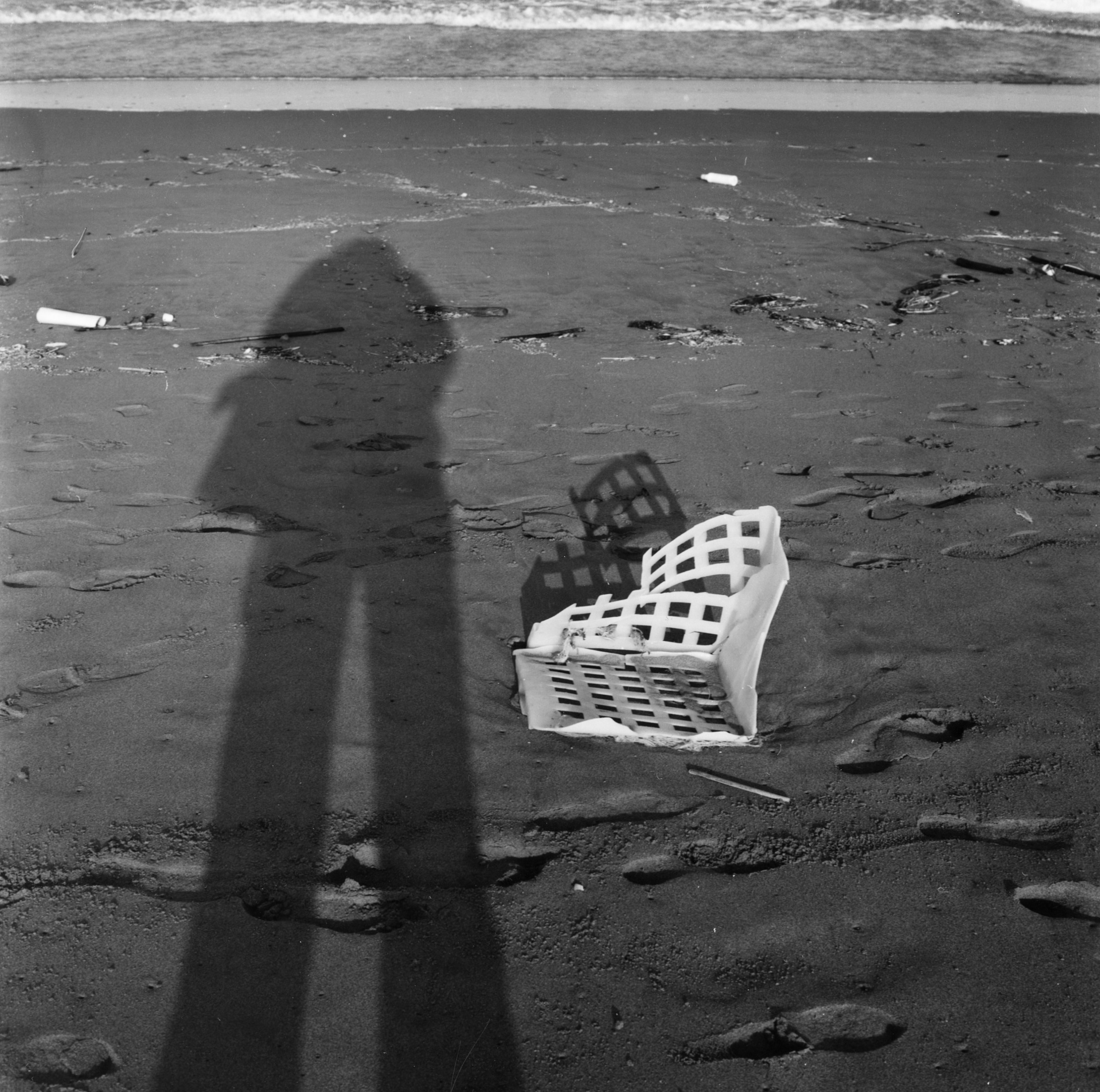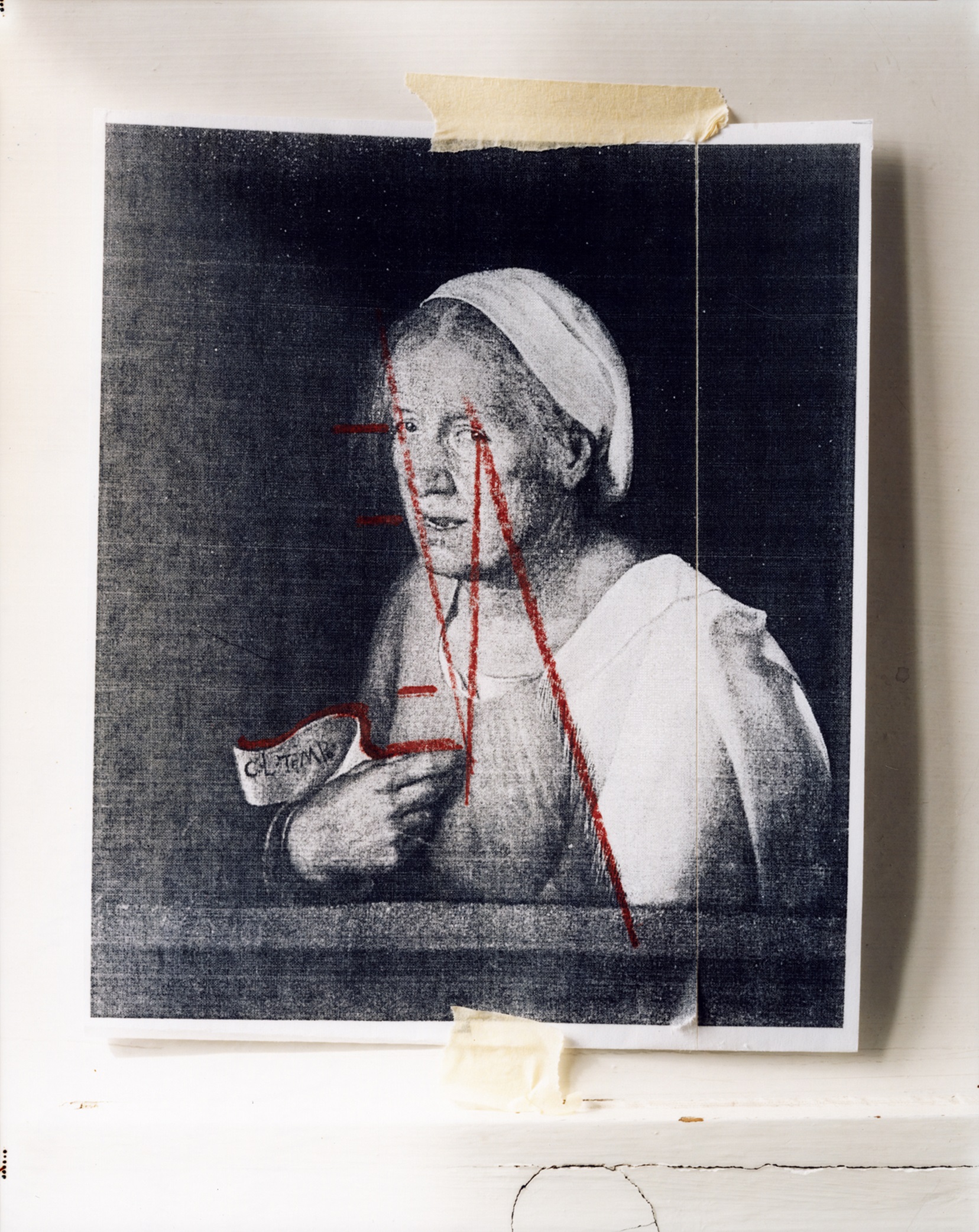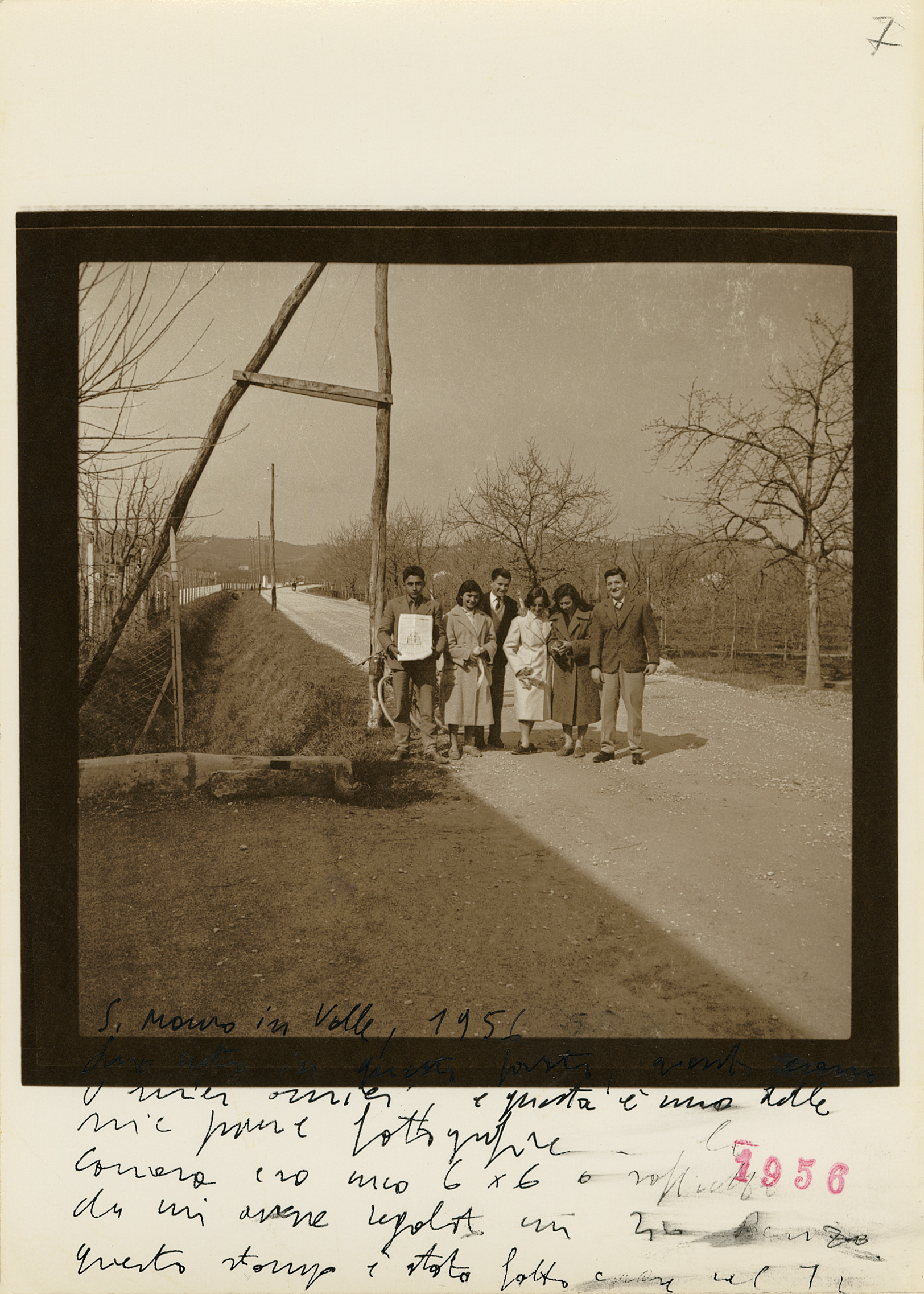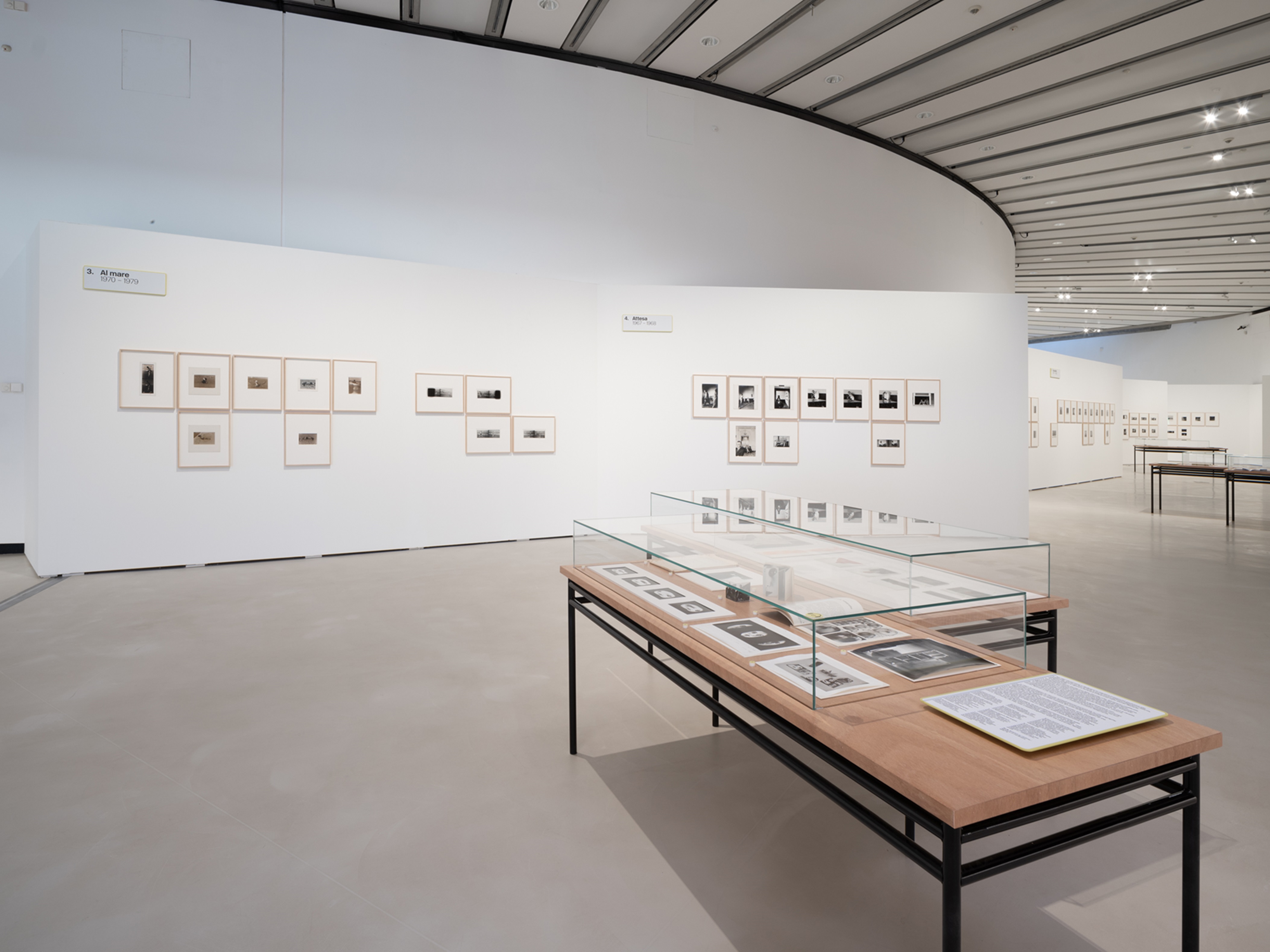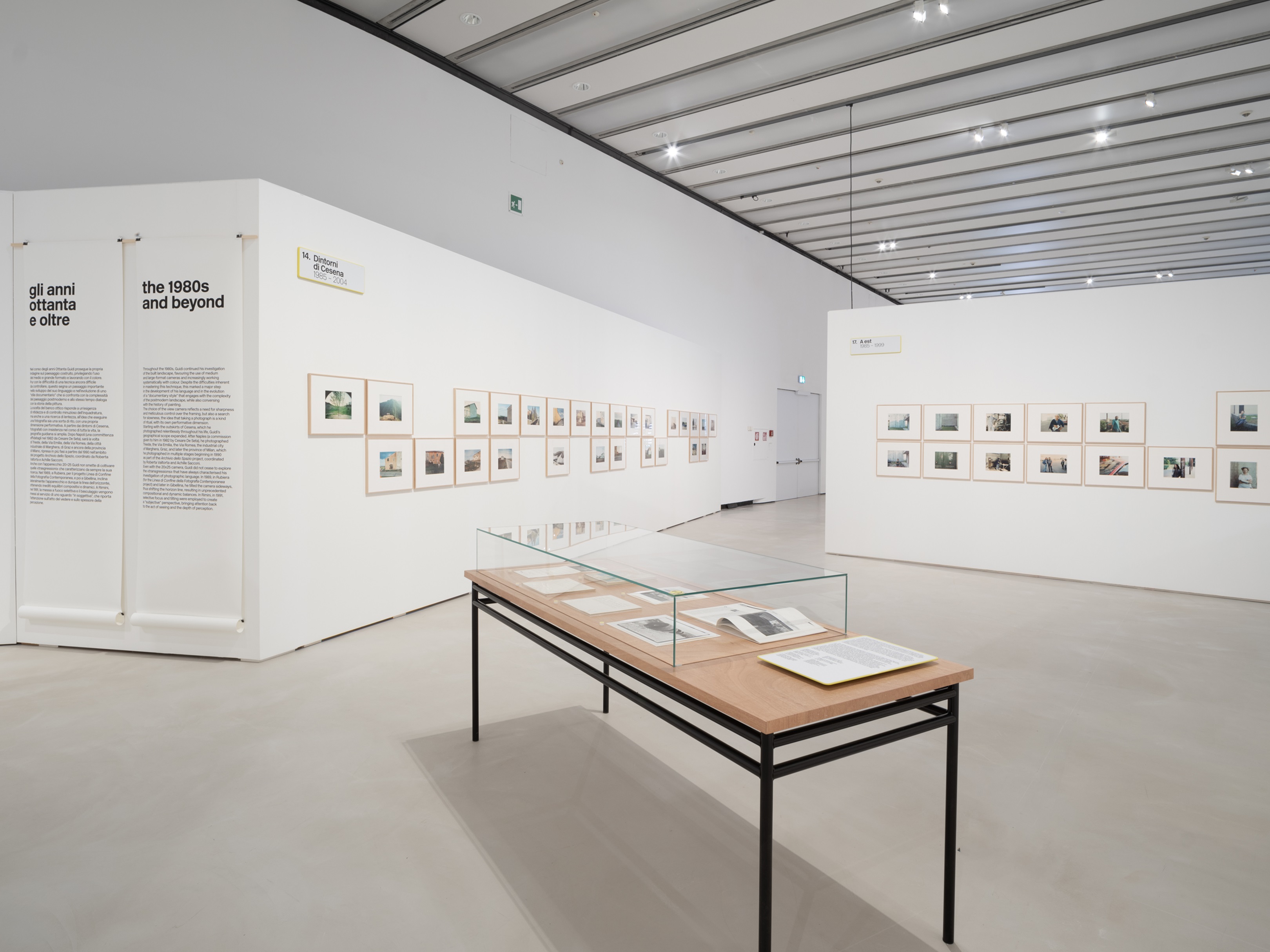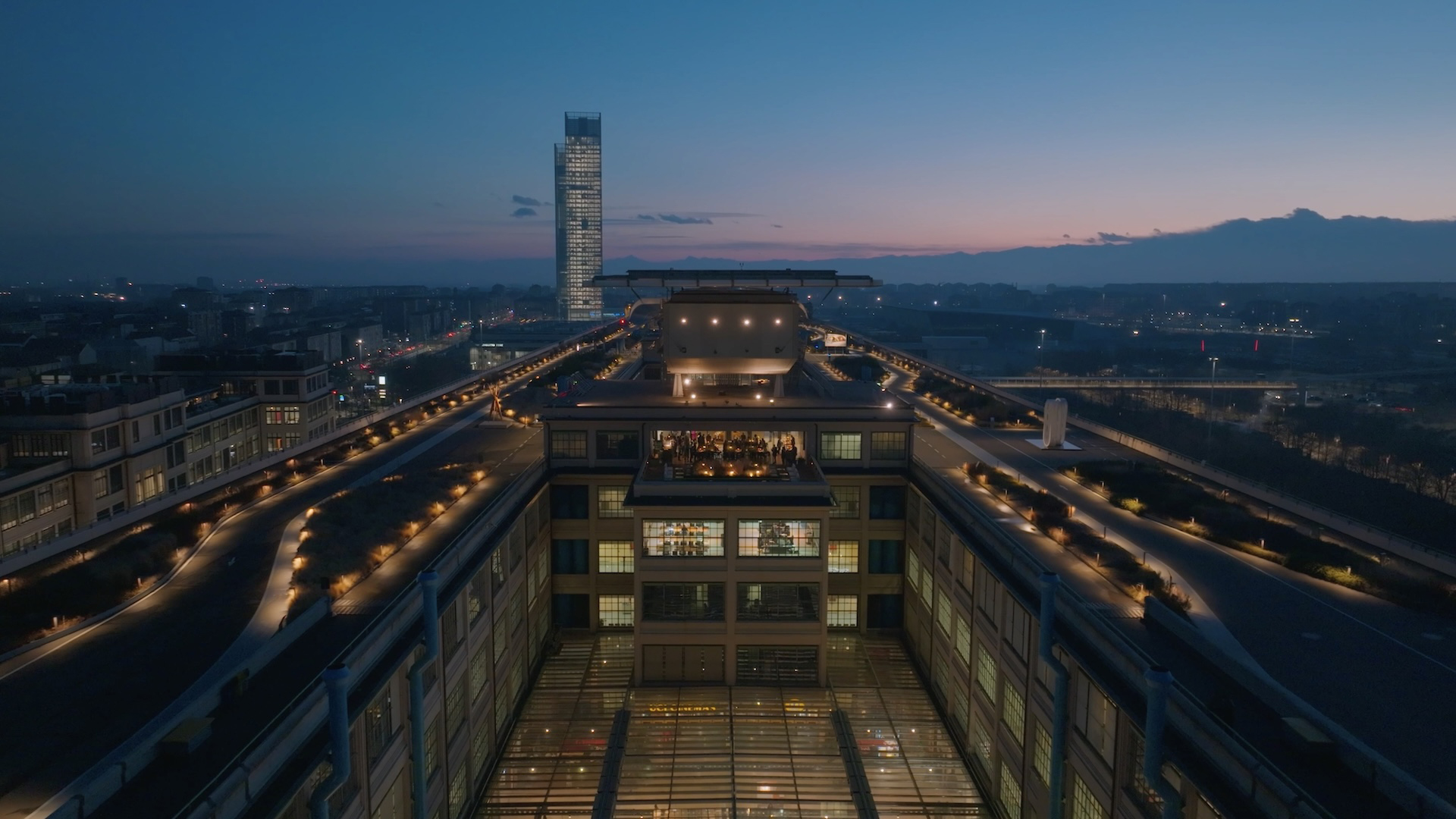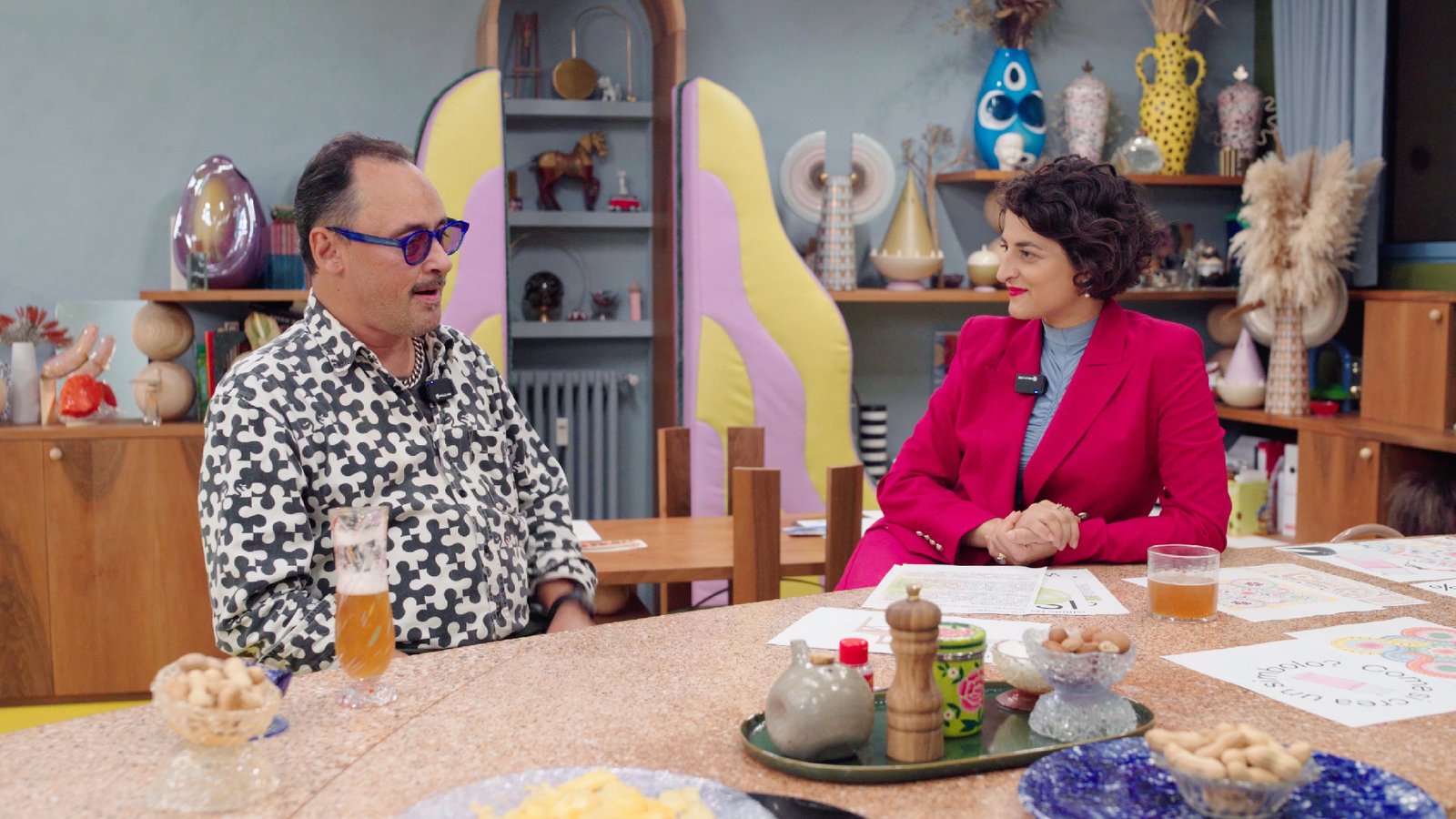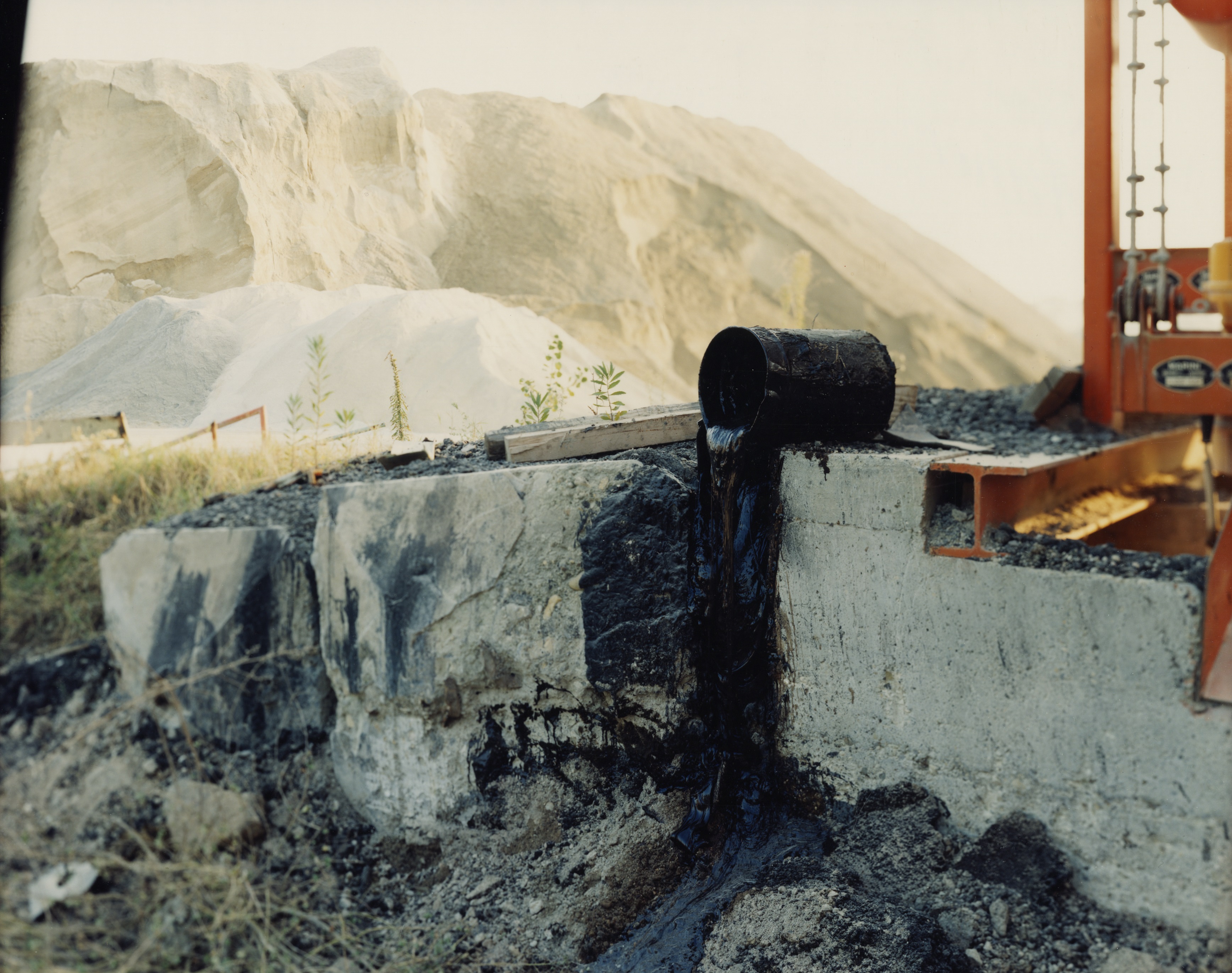
GUIDO GUIDI. COL TEMPO, 1956 - 2024
MAXXI Rome Celebrates Guido Guidi: A Photographic Journey Through Landscape, Light and Memory
Although photography has seamlessly entered our lives with the effortless automaticity of the ordinary, Guido Guidi’s (Cesena, 1941) work retains an air of mystery and inscrutability. It moves between life and objects, the animate and the inanimate, as an intellectual exercise— a mental act that inevitably becomes emotional and coincides with the observation of reality.
To honor this key figure in contemporary photography, the MAXXI Museum in Rome is dedicating a comprehensive monographic exhibition to him (on view until April 20, 2025). Curated by Simona Antonacci, Pippo Ciorra, and Antonello Frongia, the exhibition is organized in collaboration with the Guido Guidi Archive, the Canadian Centre for Architecture (CCA), and the Istituto Centrale per il Catalogo e la Documentazione (ICCD).
 Guido Guidi, Ronta di Cesena 2004, MAXXI, Rome
Guido Guidi, Ronta di Cesena 2004, MAXXI, Rome
The exhibition brings together approximately 400 works, including many previously unseen pieces, arranged into 40 sequences created by the artist. Alongside these images, an extensive collection of archival documents is displayed, tracing the evolution of his research from his early experiments in the 1960s and 1970s, through his major explorations of landscapes in the 1980s and 1990s, and up to his most recent work from the 2000s.
Since the beginning of his career, Guidi has focused on the intrinsic value of the act of seeing. He captures the world without embellishment, using a precise and recognizable visual language that elevates the simplest moments of everyday life. "I wanted a stone in my photograph to be just a stone, a blade of grass to be just a blade of grass. I thought taking a photograph was a form of prayer: a way to give dignity to things, to grant them presence."
The first decades of his work were marked by a certain degree of transgression. His subjects revolved around his personal microcosm—family, friends, and travels between Romagna and Veneto—which also became opportunities to document the profound transformations Italy underwent in the 1970s. Blurred, "anti-classical" photos, taken without even raising the camera to his eye, later found a sense of structure after Guidi studied the work of Walker Evans in 1972 (exhibited at MoMA in New York the previous year). Returning to the square format, he began focusing on the theme of ordinary postwar Italian architecture, lingering on facades that "we look at as they look back at us," their forms shifting depending on perspective and light conditions. After all, photography is nothing more than "recording the shapes light takes as it manifests on the surface of the world." Sometimes, these are unexpected shapes—apparitions or unknown presences that seem to extend reality into the unreal. Such is the case with the Brion Tomb, a project dedicated to Carlo Scarpa and the result of Guidi’s years-long exploration. Within its architecture, he discovered a hidden geometric figure: "On August 26, 1996, it was one of those moments when the camera helped me see." For ten years, he returned to the same site, crystallizing his vision of what he had so clearly perceived as an arrow.
Time flows slowly in his images, which, in a kind of ritualistic process, continue into the 1980s and 1990s. Using medium and large formats and working with color, he documented the complexity of the postmodern landscape—Naples, Trieste, Via Emilia, Romea, the industrial area of Marghera, Graz, the province of Milan, as well as Rubiera and Gibellina. His subjective approach allowed him to "tilt the thinking machine" (as he called his camera, recognizing its own intelligence) and bring a new dynamism even to the last visible line on the horizon.
In 1984, alongside photographers such as Ghirri, Chiaramonte, Basilico, Jodice, and Barbieri, Guidi was included in Viaggio in Italia, a landmark exhibition that, while never officially a movement, shared a common interest in redefining the perception of the Italian landscape. No longer a postcard-perfect exaltation of Italy’s beauty, but rather a reflection on the old and new structures layering over each other, reshaping the country’s identity. His insight? To reject purely formal or academic descriptions of places and, instead, drawing from previous artistic experiments and a strong conceptual foundation, to prioritize the relationship between humans and their environment. For Guidi, photography is a performative act, where the image is always the synthesis of a relational process.
The exhibition places the viewer at the center of a crossroads of well-defined and unforgettable gazes, reminding us that in today’s throwaway society—where everything is created, consumed, and discarded in an instant—photography stands as an eternal present. An unrepeatable moment captured within the frame, while all around, life continues to flow. "Difficult, very difficult," the master remarks. "All it takes is the push of a button."
Cover image: Guido Guidi, Rimini Nord 1991, Guido Guidi. ColTempo, MAXXI, Rome
An art critic and curator, she writes for Italian and foreign magazines with a focus on contemporary art and attention to fashion, design and photography. An independent curator, she has produced photography and contemporary art exhibitions, art books and exhibition catalogues. She teaches History of Fashion and Text Methodology at the IED in Milan, where she is also a consultant for the area of artistic research. In 2014, he launched his blog thedummystales.com, a cultural destination where art and fashion have been dialoguing in unison, and uninterruptedly, for more than 10 years.
